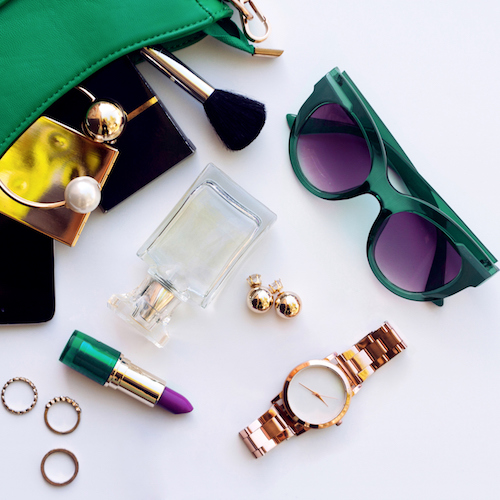
Every year, more than 275 million containers enter the United States by boat, truck, rail, and air. Last year, U.S. law enforcement agencies seized a total of 31,560 shipments containing counterfeit goods, an increase from 28,865 the year prior.
To determine the most counterfeited products entering the United States, 24/7 Wall St. reviewed seizure data from the Department of Homeland Security. With 6,406 shipments seized by the U.S. Customs and Border Protection in 2016, apparel and accessories are the most confiscated counterfeited items in the country.
[in-text-ad]
The prevalence of counterfeit goods devalues the brands they imitate and hurts retailers. According to to the International AntiCounterfeiting Coalition, lost profits due to counterfeiting has resulted in the loss of more than 750,000 jobs in the United States. The total market value of the 2016 seized counterfeit goods, had they been genuine, amounted to $1.4 billion.
Click here to see the 10 most counterfeited products in America.
Counterfeiting has consequences beyond lost sales of genuine products. In a correspondence with 24/7 Wall St., CBP public affairs specialist Katrina Skinner wrote “Theft of intellectual property threatens America’s innovation-based economic vitality, business competitiveness, the livelihood of workers, consumer safety, and national security. Trade in counterfeit goods funds criminal enterprises.”
One of the largest threats posed by counterfeit goods is consumer safety. Fake medicine, for example, often contains the wrong dosage of a certain ingredient or lacks a key ingredient altogether. Consumers who purchase counterfeit pharmaceutical products are at risk of being treated incorrectly, of overdose, and even death. U.S. law enforcement seized 2,401 shipments of counterfeit pharmaceutical and personal care goods in 2016, the sixth most of any product category.
While the U.S. Food and Drug administration estimates that less than 1% of all drugs in developed countries are fake, counterfeit pharmaceutical products pose a serious danger in the developing world, where certain life-threatening diseases are more prevalent and the authenticity of drugs is all the more important.
But it is not just fake pharmaceuticals that pose a serious risk to consumers. Any product that does not meet federal safety standards or is manufactured with low quality materials can pose a danger to consumers. Counterfeit consumer electronics made with lithium batteries have been known to explode or catch fire.
In December 2016, the CBP launched Operation Surge Protector, an initiative focusing on the seizure of fake consumer electronics subject to overheating and igniting. Counterfeit hoverboards, for example, have been known to randomly catch fire. The CBP seized 108,122 counterfeit hoverboards containing 32,624 illegal batteries in 2016. These hoverboards would be worth $46.4 million had they been genuine.
The number of shipments of certain products seized at the border can vary by hundreds and even thousands from year to year. As Skinner wrote, “Demand by consumers for particular goods drives the import of goods into the United States. Counterfeiters take advantage of this demand.” As consumer tastes and preferences change, so does the flow of fake goods into the country.
Nearly 90% of seized counterfeit goods originate in China or Hong Kong. According to the Department of Defense, the infiltration of foreign-made counterfeit electronics poses a national security threat. For example, it was revealed in 2011 that mission computers of the U.S. Missile Defense Agency’s anti-ballistic missile defense and aircraft systems contained over 80,000 counterfeit devices from China. The fake products could have resulted in a total system failure or security breach.
To determine America’s most counterfeited items, 24/7 Wall St. reviewed data on shipments seized by U.S. Customs and Border Protection, a division of the U.S. Department of Homeland Security, in fiscal 2016. The ranking is based on the number of shipments seized. The CBP tracks annual seizure of products that infringe on U.S. trademarks and copyrights or are unlawful based on exclusion orders from the United States International Trade Commission. These products make up the 10 largest shares of total seizures. The manufacturer’s suggested retail price (MSRP) of these counterfeit products — their total value had they been genuine — also came from the Department of Homeland Security.
These are the 10 most counterfeited products in America.
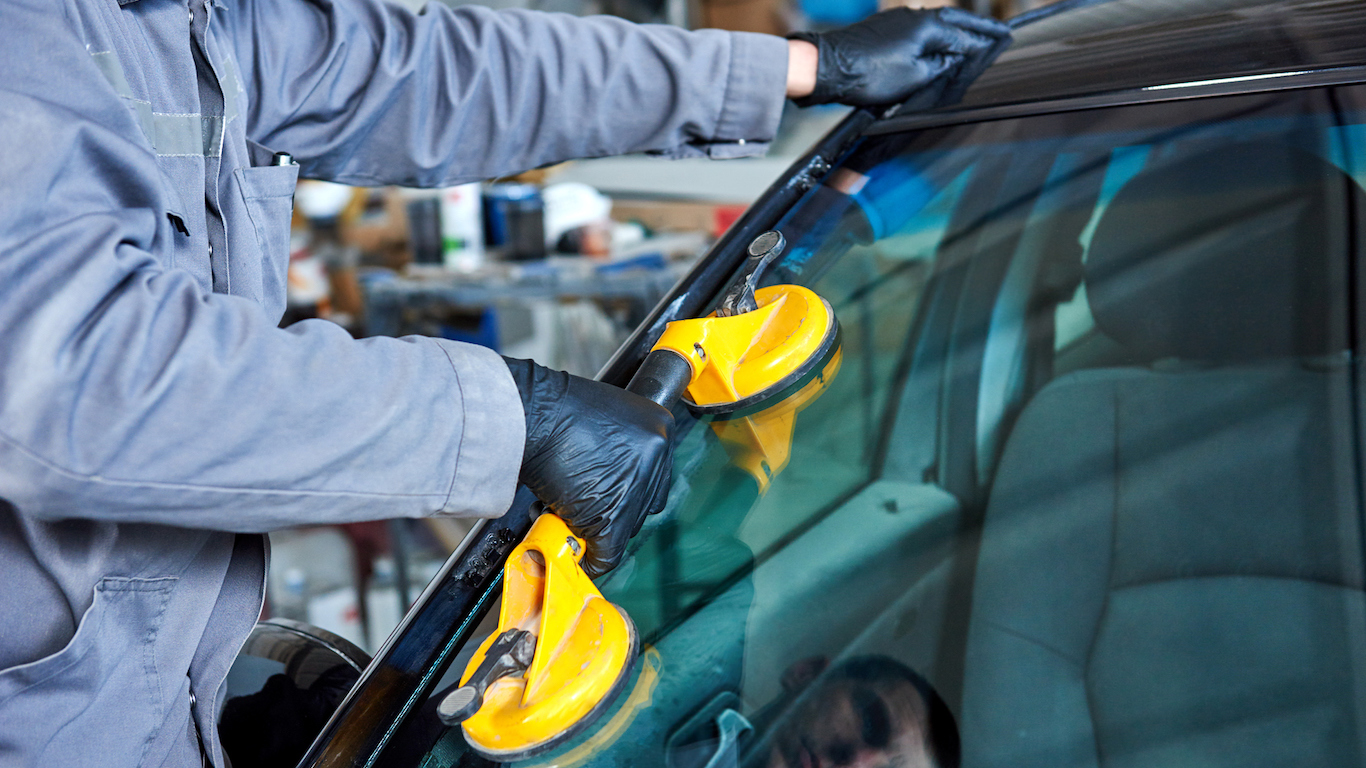
10. Automotive / aerospace
> Percent of total seizures: 2%
> Number of seizures: 486
> MSRP of seized goods: N/A
Counterfeit automotive parts, such as airbags, windshields, brake pads, and seat belts, are among the more dangerous fraudulent products. Many are improperly made with inadequate materials and may not comply with federal safety regulations. This compromises the safety of passengers in the vehicle with the imitation parts as well as other motorists on the road. U.S. law enforcement seized a total of 486 shipments of counterfeit automotive and aerospace products in 2016, more than three times the 132 automotive products seized the year prior. One reason for the massive increase in seized shipments was the joint operation that the U.S. Customs and Border Protection and the General Administration of China Customs conducted in April that focused on automobile parts, ID tags and labels, consumer electronics, and certain pharmaceuticals. The crackdown resulted in more than 1,400 seizures.
[in-text-ad]
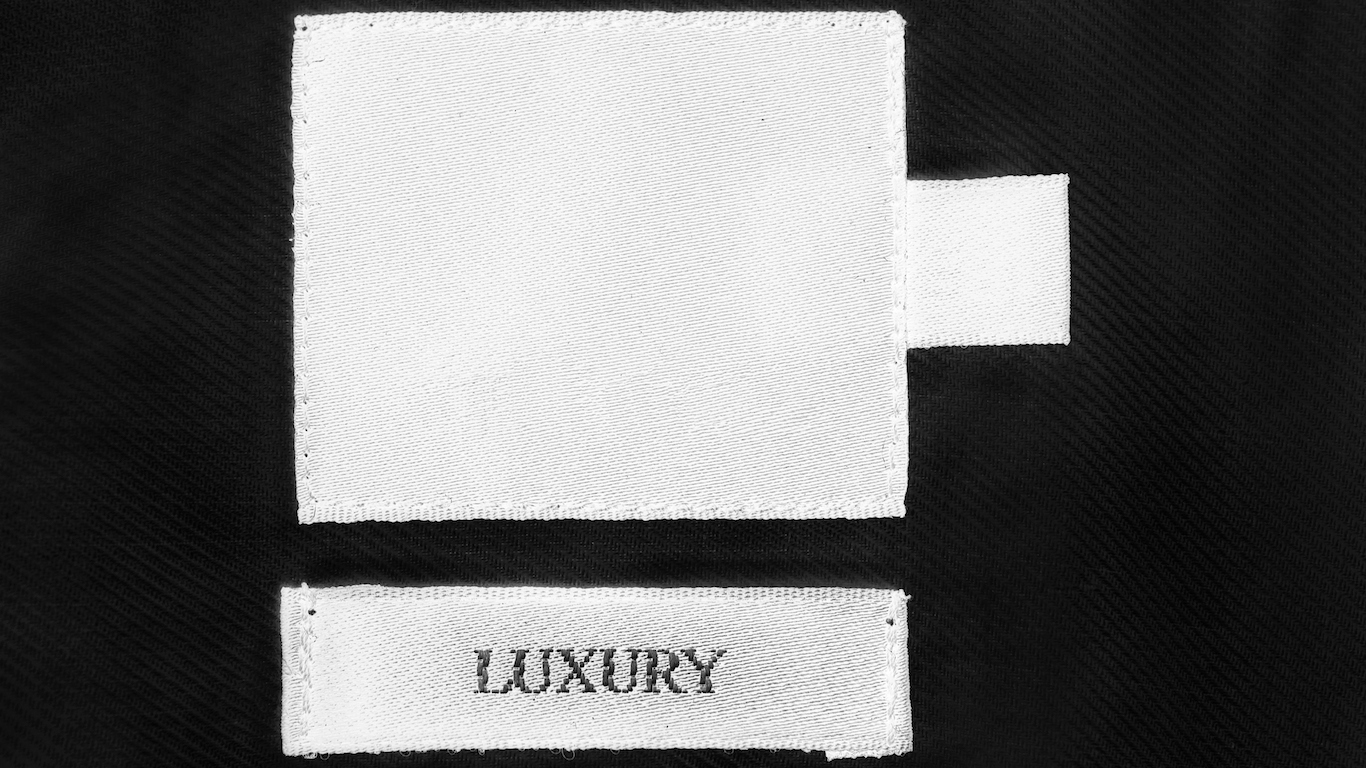
9. Labels / tags
> Percent of total seizures: 2%
> Number of seizures: 572
> MSRP of seized goods: $17.1 million
Most counterfeit labels and tags bear popular trademarks and are intended to be applied to counterfeit products to improve their authenticity. Homeland Security reports that it seized 572 shipments of fake labels and tags in 2016, roughly 20 more than in the year prior. These products include items such as fabric labels and patches, adhesive stickers and holograms, paper hangtags, and zippers and are meant to be applied to a variety of consumer products such as apparel, handbags, shoes, electronics, and software.
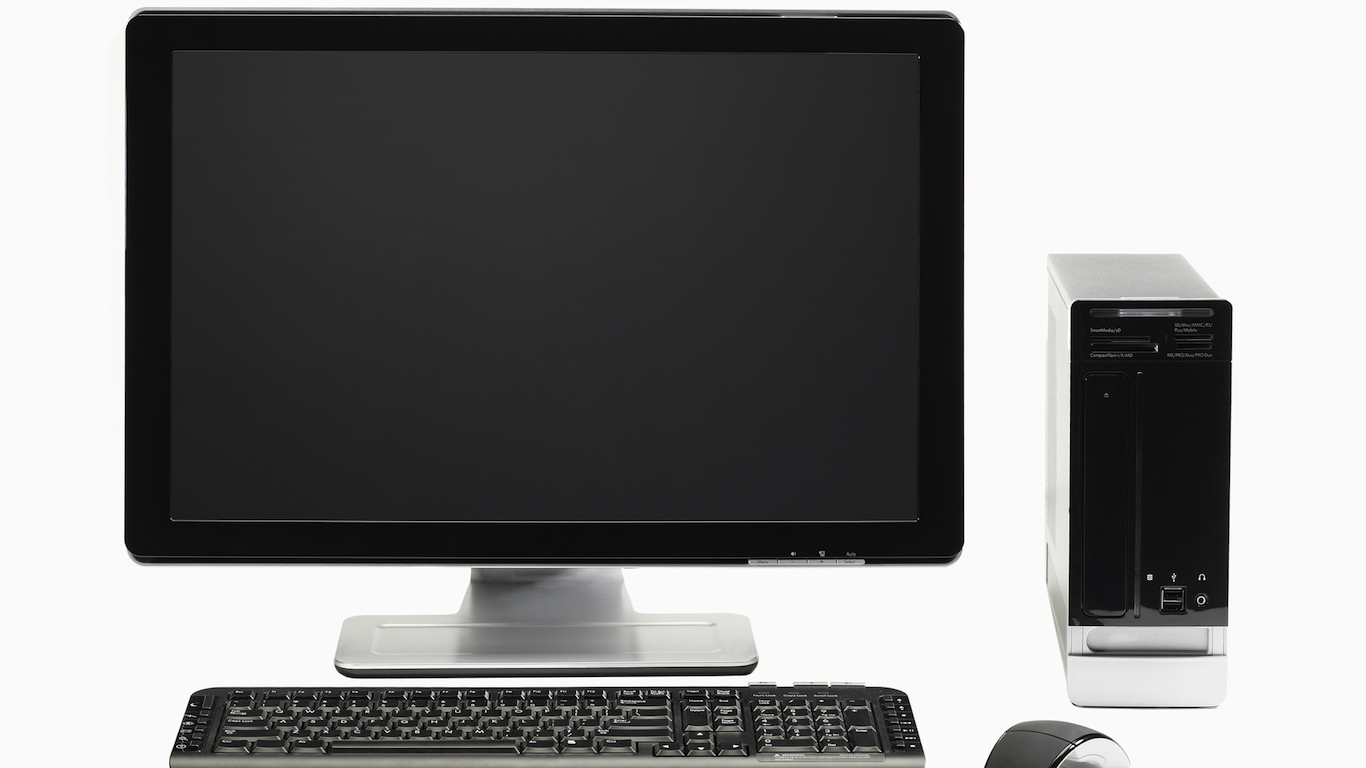
8. Computers / accessories
> Percent of total seizures: 2%
> Number of seizures: 686
> MSRP of seized goods: $19.3 million
U.S. law enforcement seized a total of 686 shipments of counterfeit computers and computer accessories in 2016. The total market value of the items, if sold as the authentic products they were designed to imitate, was $19.3 million — just 1% of the total cost of all goods seized that year. Counterfeit computers have greater consequences than just lost profits for retailers, however. Fake computers and computer parts are often manufactured with substandard materials and can lead to sometimes dangerous malfunctions. For example, it was revealed in 2011 that mission computers of the U.S. Missile Defense Agency’s anti-ballistic missile defense and aircraft systems contained over 80,000 counterfeit devices from China. The fake products could have resulted in a total system failure or security breach.
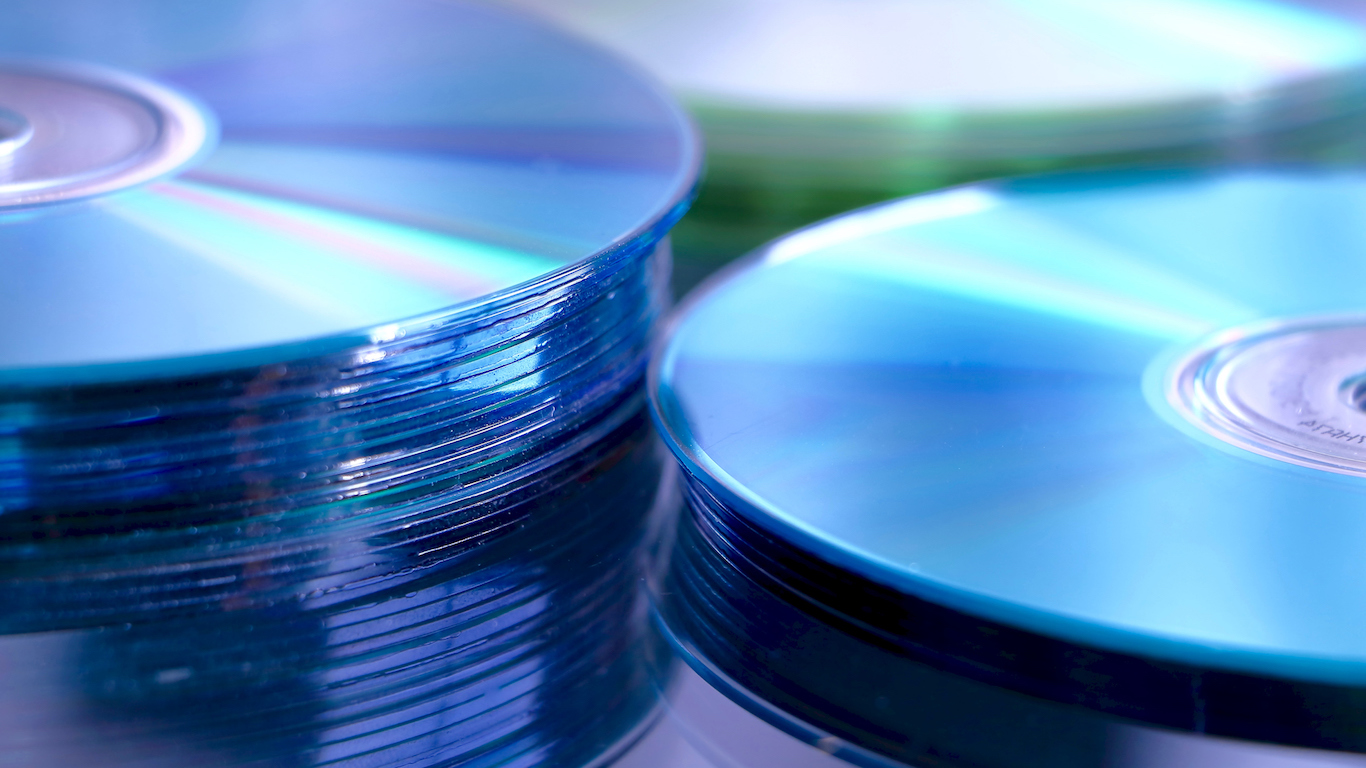
7. Optical media
> Percent of total seizures: 3%
> Number of seizures: 963
> MSRP of seized goods: $8.2 million
The Department of Homeland Security reports that in 2016 U.S. officials seized 963 shipments of optical media products such as CDs, DVDs, and Blu-ray discs — a decrease from 1,442 shipments seized in 2015 and 1,552 in 2014. The drop in seizures is not likely an indication of decreased piracy activity, but rather of a shift in medium. Since the founding of peer-to-peer file sharing website Napster in 1999, pirated music, movies, and games have shifted from physical discs to internet downloads and streaming. According to the Record Industry Association of America, online piracy has led to tens of thousands of job losses in the music industry and undermined the music creation process overall.
[in-text-ad]
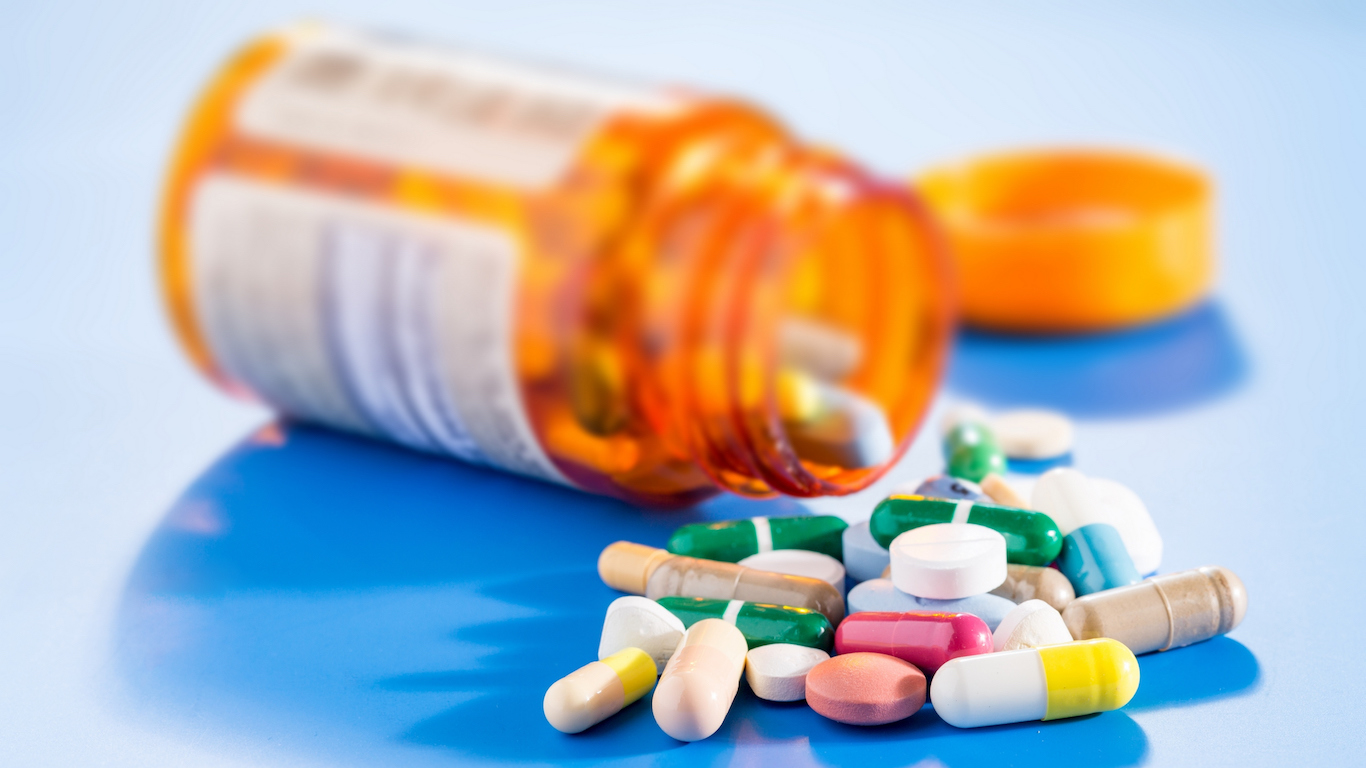
6. Pharmaceuticals / personal care
> Percent of total seizures: 8%
> Number of seizures: 2,401
> MSRP of seized goods: $73.7 million
U.S. Customs and Border Protection seized 2,401 shipments of pharmaceutical and personal care products in 2016, an increase from 2,301 in 2015. The value of the fake drugs amounted to $73.7 million, approximately 5% of the total value of all products seized in 2016. Counterfeit pharmaceutical products have more than just financial consequences, however. Many fake drugs are manufactured with the wrong dosage or may not contain the active ingredient of the medication it is designed to imitate. While the U.S. Food and Drug administration estimates that less than 1% of all drugs in developed countries are fake, counterfeit pharmaceutical products pose a serious danger in the developing world, where certain life-threatening diseases are more prevalent and the authenticity of drugs is all the more important.
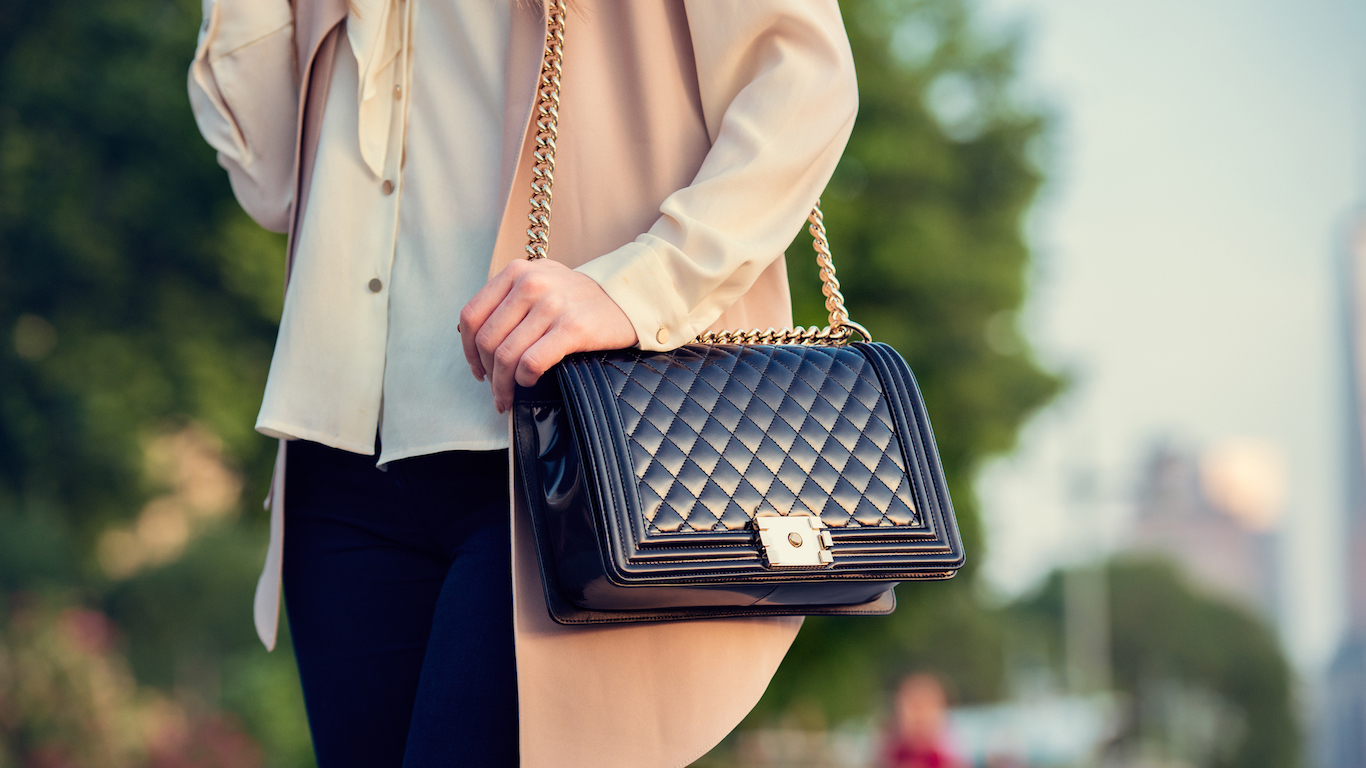
5. Handbags / wallets
> Percent of total seizures: 10%
> Number of seizures: 3,184
> MSRP of seized goods: $234.1 million
U.S. law enforcement seized 3,184 shipments of counterfeit handbags and wallets in 2016, a substantial increase from the 2,149 seized the year prior. Fake handbags, which often imitate expensive designer brands such as Burberry, Gucci, Louis Vuitton, and Yves Saint Laurent, can result in lost profits for the legitimate manufacturers. The market value of the items amounts to a total of $234.1 million, up from $208.4 million in 2015. The growth of online marketplaces such as Amazon and eBay has likely facilitated sales of counterfeit goods. As much as 90% of items of some brands sold on eBay in 2006 were fakes. Following merchant suits, however, such companies have been cracking down on counterfeit sales.
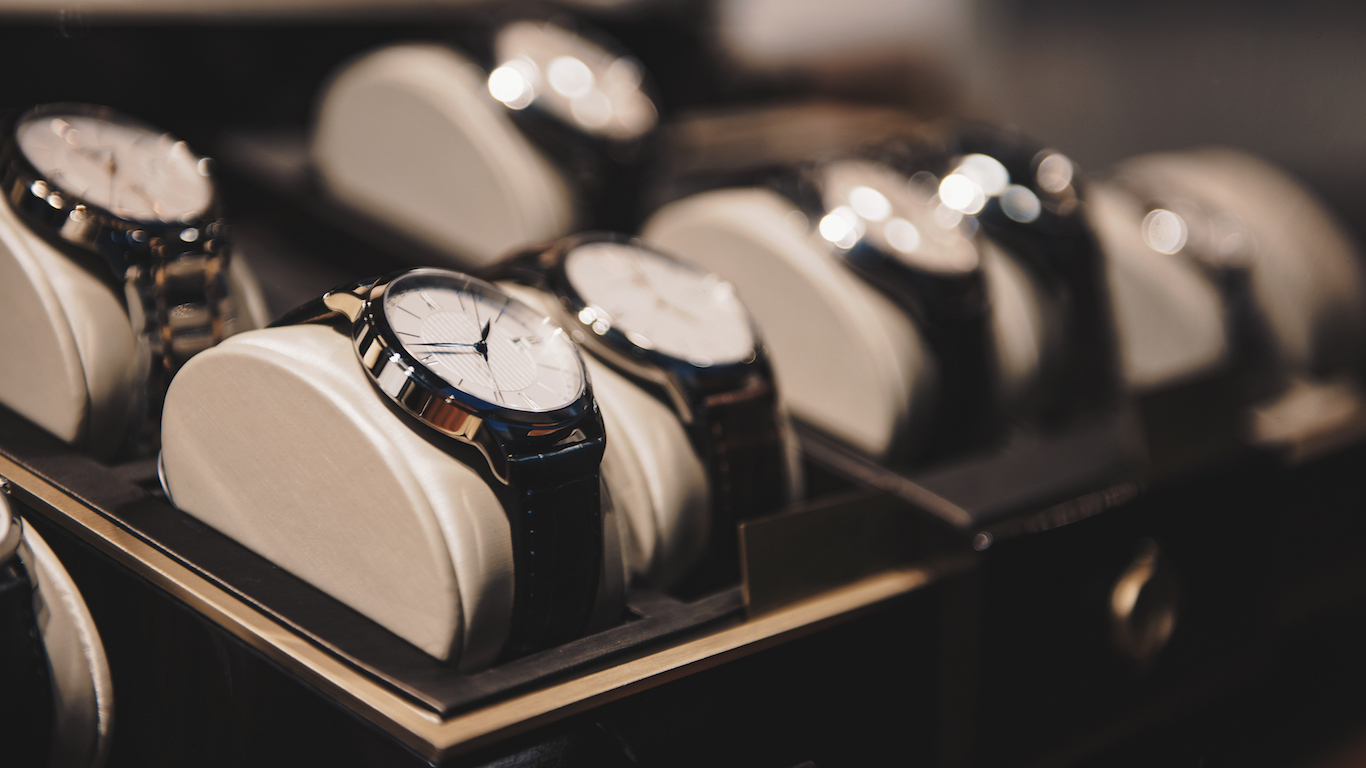
4. Watches / jewelry
> Percent of total seizures: 11%
> Number of seizures: 3,407
> MSRP of seized goods: $653.6 million
Expensive watch brands such as Rolex, Cartier, and Bulgari are frequently counterfeited. In 2016, seized counterfeit watches and jewelry would have been worth $653.6 million if they were authentic, far more than any other phony product type and 47% of the total market value of all goods seized at the border last year. Until recently, seized fake handbags and wallets represented a greater market value than fake watches and jewelry. In 2014, however, the trend reversed as law enforcement seized $375.4 million worth of watches and jewelry and $342.0 million worth of wallets and handbags. While e-commerce websites such as eBay and Alibaba help facilitate the trade of counterfeit goods, an open market for fake watches has existed in New York City for more than 30 years.
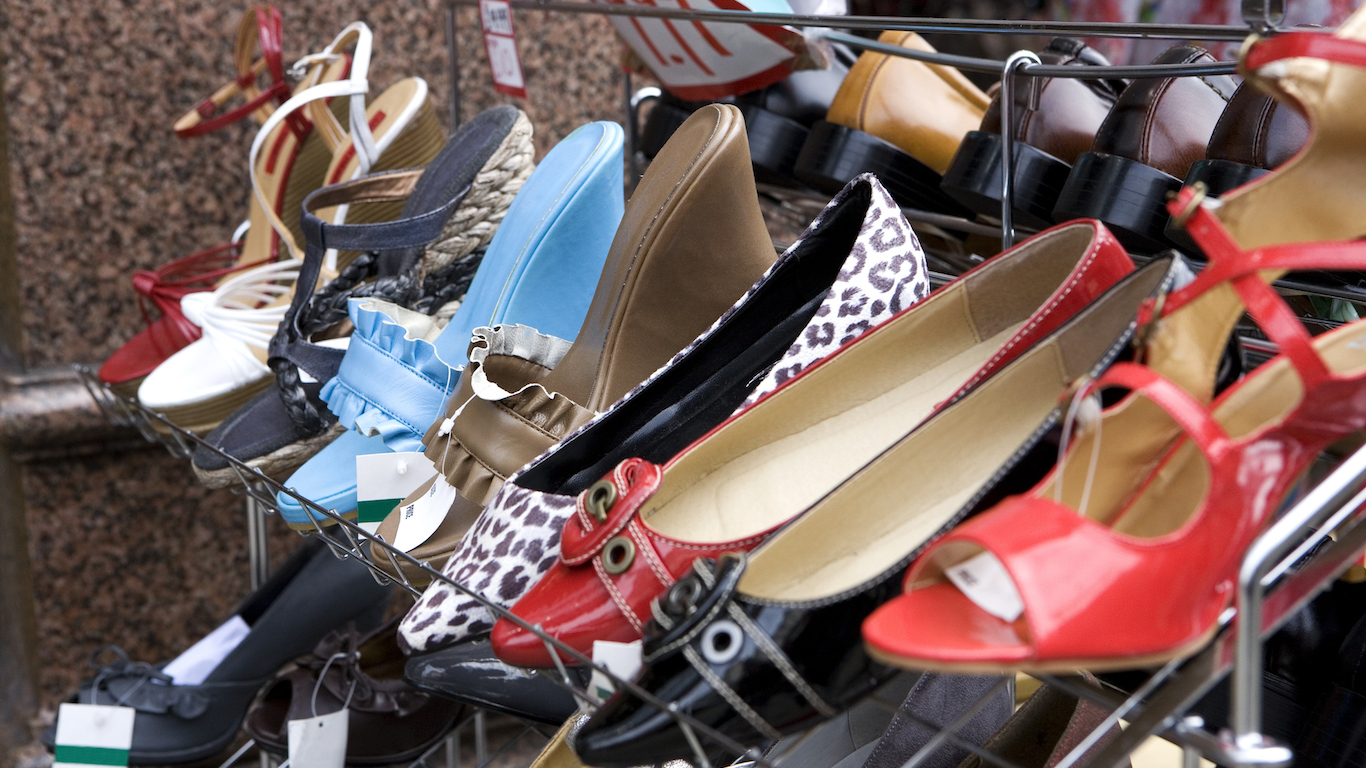
3. Footwear
> Percent of total seizures: 12%
> Number of seizures: 3,630
> MSRP of seized goods: $51.2 million
U.S. Customs and Border Protection seized 3,630 shipments of counterfeit footwear in 2016, an increase from 2,818 in 2015 and 1,961 in 2014. In August 2016, the CBP seized 7,800 pairs of counterfeit Salvatore Ferragamo shoes at the Port of Los Angeles. If genuine, the shoes would be worth a total of $4.3 million. According to the Department of Homeland Security, the total value of all seized footwear in 2016 amounted to $51.2 million, approximately 4% of the retail value of all seized freight.
[in-text-ad]
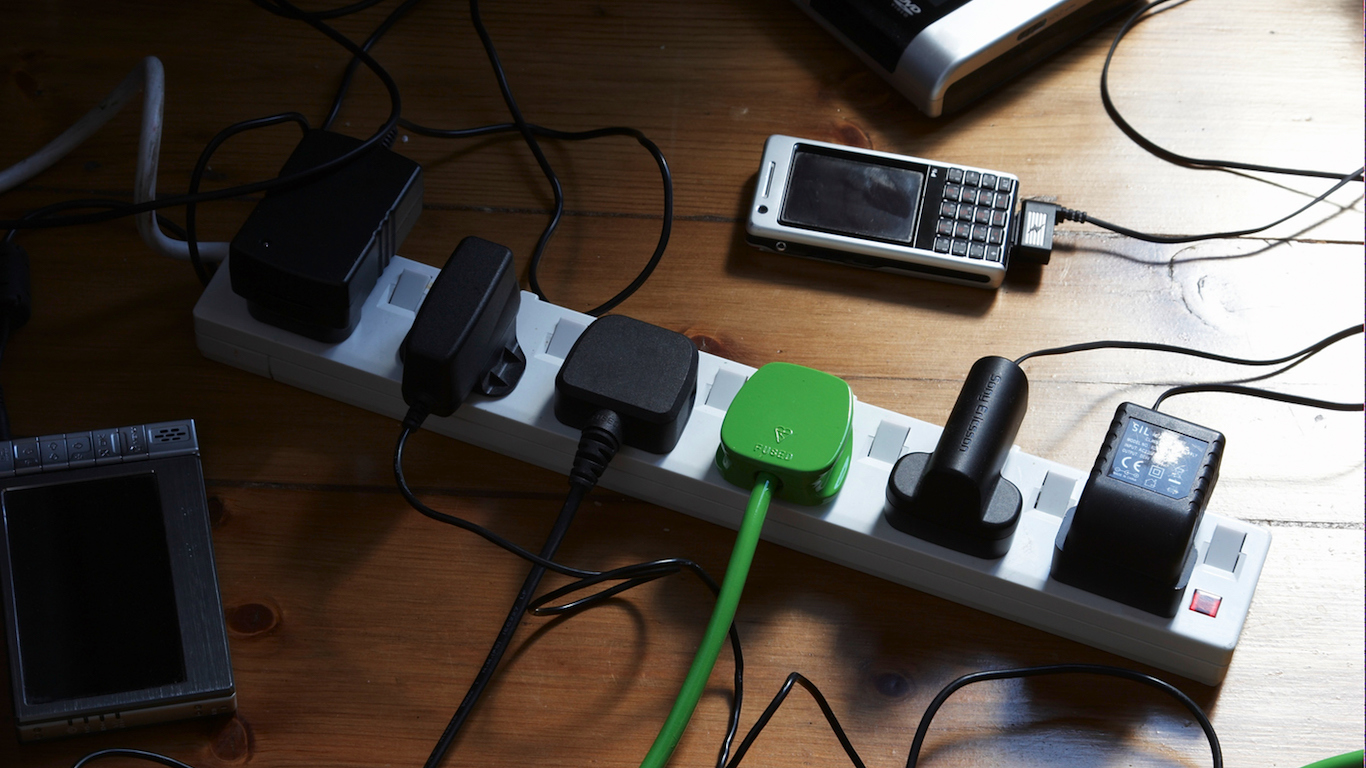
2. Consumer electronics
> Percent of total seizures: 16%
> Number of seizures: 5,043
> MSRP of seized goods: $122.9 million
In November, U.S. CBP and Hong Kong customs officials conducted a joint operation that resulted in the seizure of 140 shipments of counterfeit consumer electronics. If genuine, the merchandise would have a total retail value of $1.1 million. In total, the market value of the 5,043 seized shipments of consumer electronics in 2016 was $122.9 million.
Counterfeit consumer electronics are often manufactured with substandard materials, and in some cases these can pose a threat to the safety of consumers. In December 2016, the CBP launched Operation Surge Protector, an initiative focusing on the seizure of fake consumer electronics subject to overheating and igniting.
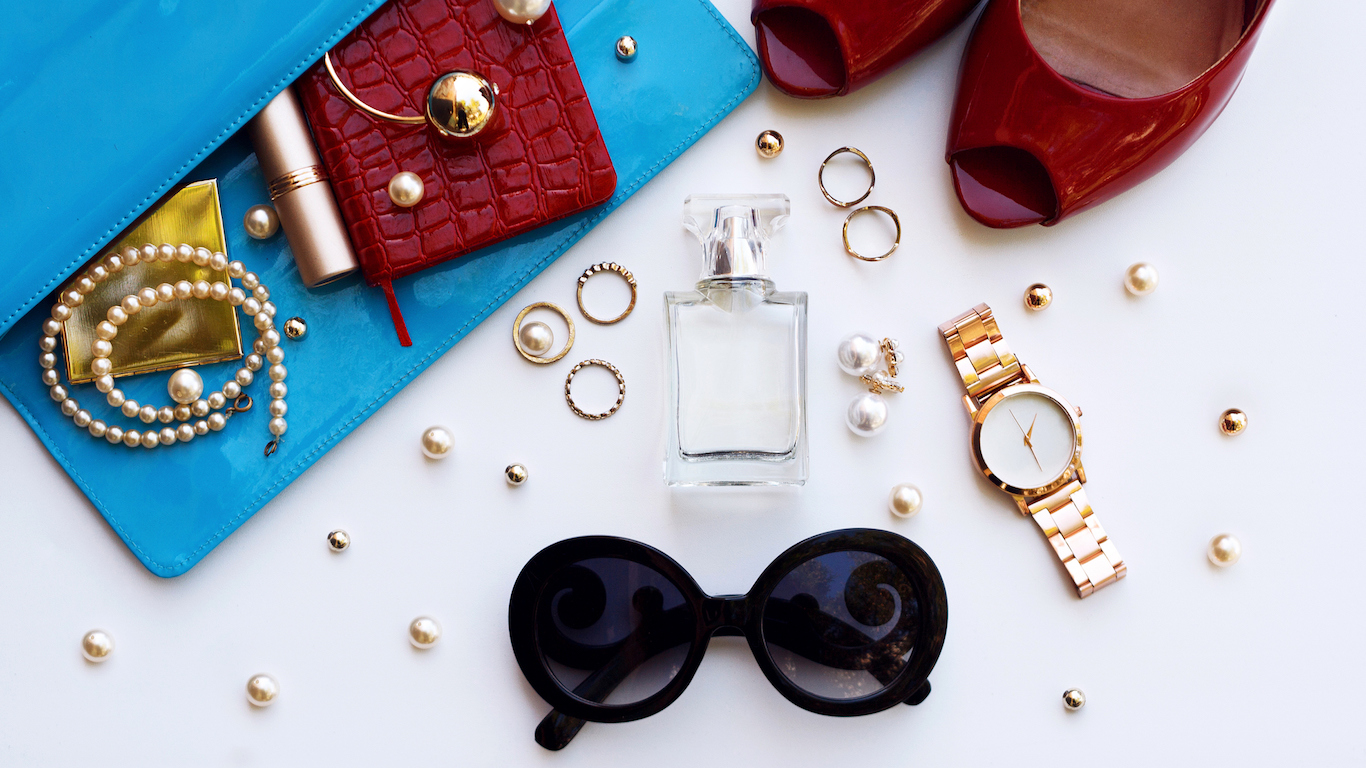
1. Wearing apparel / accessories
> Percent of total seizures: 20%
> Number of seizures: 6,406
> MSRP of seized goods: $110.8 million
U.S. law enforcement seized 6,406 shipments of apparel and accessories in 2016, more than any other product category and a slight increase from the 6,232 shipments seized the year prior. One reason for the increase in seizures was the National Intellectual Property Rights Coordination Center’s crackdown on counterfeit sports merchandise. Dubbed Operation Team Player, the initiative was a joint effort between Hong Kong Customs and the Mexican Servicio de Administración Tributaria in anticipation of Super Bowl 50. The operation resulted in more than 260,000 seized sports-related items worth roughly $20 million. In total, the retail value of all seized wearing apparel and accessories in 2016 was $110.8 million.
Thank you for reading! Have some feedback for us?
Contact the 24/7 Wall St. editorial team.
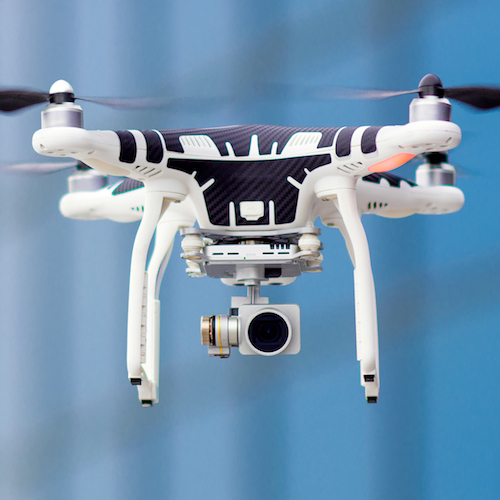 24/7 Wall St.
24/7 Wall St. 24/7 Wall St.
24/7 Wall St.



